What Makes a Good Landing Page Experience?
Relevant and Original Content
- Content Relevance to Keywords and Ad Text: The content on your landing page should be directly related to the keywords and ad copy that brought visitors there. This alignment ensures that users find what they are looking for, reducing bounce rates and increasing engagement.
- Strategies for Including Keywords Naturally: Incorporate keywords naturally into your content. Overuse or awkward placement can disrupt flow and readability. Strike a balance where the content remains informative and engaging.
- Understanding and Addressing User Intent: Understanding user intent is critical. Anticipate your visitors’ questions or needs and address them promptly. This approach will help build trust and ensure a positive user experience.
Ad Grouping
- Organising Ad Groups for Better Targeting: Effective ad grouping can greatly improve targeting. Group your ads based on similar topics or products to ensure that each landing page is highly relevant to the ad clicked on.
- Examples of Effective Ad Group Structuring: For example, if you sell multiple types of software, create separate ad groups for each type, such as accounting software, project management software, etc. Each ad group should lead to a specific landing page tailored to that product.
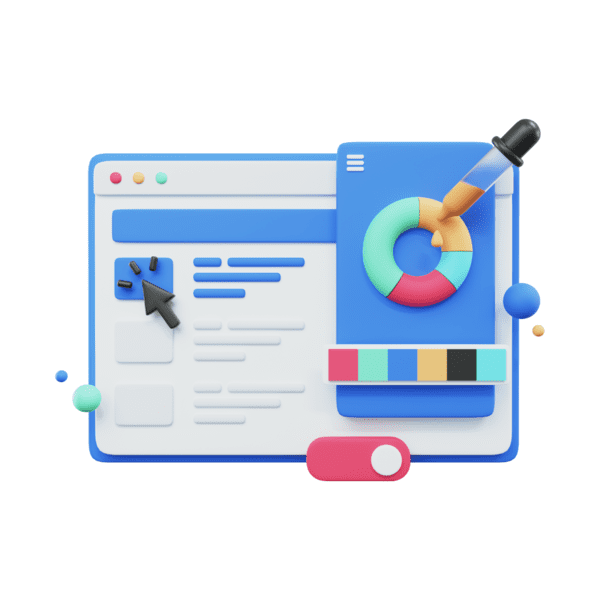
Easy to Navigate
- Importance of Intuitive Navigation: A landing page should be easy to navigate. Users should be able to find the information they need easily.
|
Pros: |
Cons: |
| Enhanced User Experience: A well-organised navigation menu helps users find additional information quickly, leading to a better overall experience.
Improved Site Structure: It provides a clear structure that makes the site easier to navigate and understand. Increased Engagement: By offering more choices, users can spend more time exploring different areas of the site. |
Distraction from Main CTA: A cluttered or overly complex navigation menu can draw attention away from the main CTA, reducing conversions.
Decision Fatigue: Too many options can overwhelm users, making it harder for them to make a decision. Potential for Confusion: If not designed well, a navigation menu can confuse users, leading to a frustration. |

Decrease Your Landing Page Load Time
- Techniques to Optimise Page Load Speed: To reduce load time, use techniques such as image compression, minimising HTTP requests, and taking advantage of browser caching. In addition, prioritise critical rendering paths, optimise CSS delivery, and implement asynchronous script loading. Monitor and analyse your site’s performance regularly to identify and address potential bottlenecks.
- Tools to Measure and Improve Load Time: Tools such as Google PageSpeed Insights and GTmetrix can help you analyse and improve your page load speed, ensuring a smoother user experience.
Mobile-Friendly Design
- Importance of Mobile Optimisation: With a significant amount of web traffic coming from mobile devices, your landing page must be mobile-friendly.
- Best Practices for Creating Mobile-Responsive Pages: Use responsive design techniques, ensure fast load times, and make sure buttons and links are easy to click on smaller screens. In addition, optimise images and media for mobile devices, use a mobile-friendly navigation menu, and test the site on different devices to ensure a seamless user experience. Consider touch targets, avoid pop-ups that are difficult to close on mobile devices, and prioritise content that is essential to mobile users.
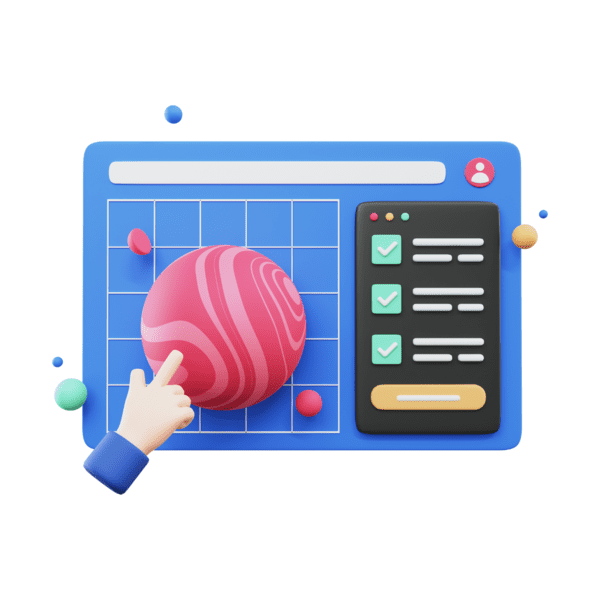
Additional Attributes for a Superior Landing Page Experience
Clear and Compelling Headline
- Crafting Headlines That Grab Attention: Your headline is the first thing visitors will see. It should be clear, concise, compelling, and capture the essence of your offer.
- Examples of High-Impact Headlines: Compare “Our software improves productivity” with “Boost your team’s productivity by 50% with our cutting-edge software.” The latter is more specific and enticing.
Visually Appealing and Relevant Hero Image
- Selecting the Right Hero Image: Choose an image that resonates with your audience and complements your message.
- How Visuals Influence User Perception: High-quality visuals can significantly improve user perception and engagement. They should support your content and call-to-action (CTA), not distract from it. These visuals help create a more immersive and engaging experience for users, making your message more memorable. It’s important to ensure that visuals are relevant, well-designed, and aligned with the overall tone and goals of your content. By doing so, you can effectively capture your audience’s attention and drive them to action.
Persuasive Copy
- Techniques for Writing Compelling Copy: Write in a conversational tone, emphasise benefits over features, and use powerful words that evoke emotion. This approach makes your content more engaging and relatable, drawing readers in with a friendly, approachable style. By focusing on benefits, you show how your product or service can improve their lives, solve their problems, or bring them joy, making it irresistible. Powerful words add an extra layer of impact by sparking emotions that drive action and connection.
- Balancing Information with Persuasion: Provide enough information to inform and persuade, but avoid overwhelming your visitors with too much text.
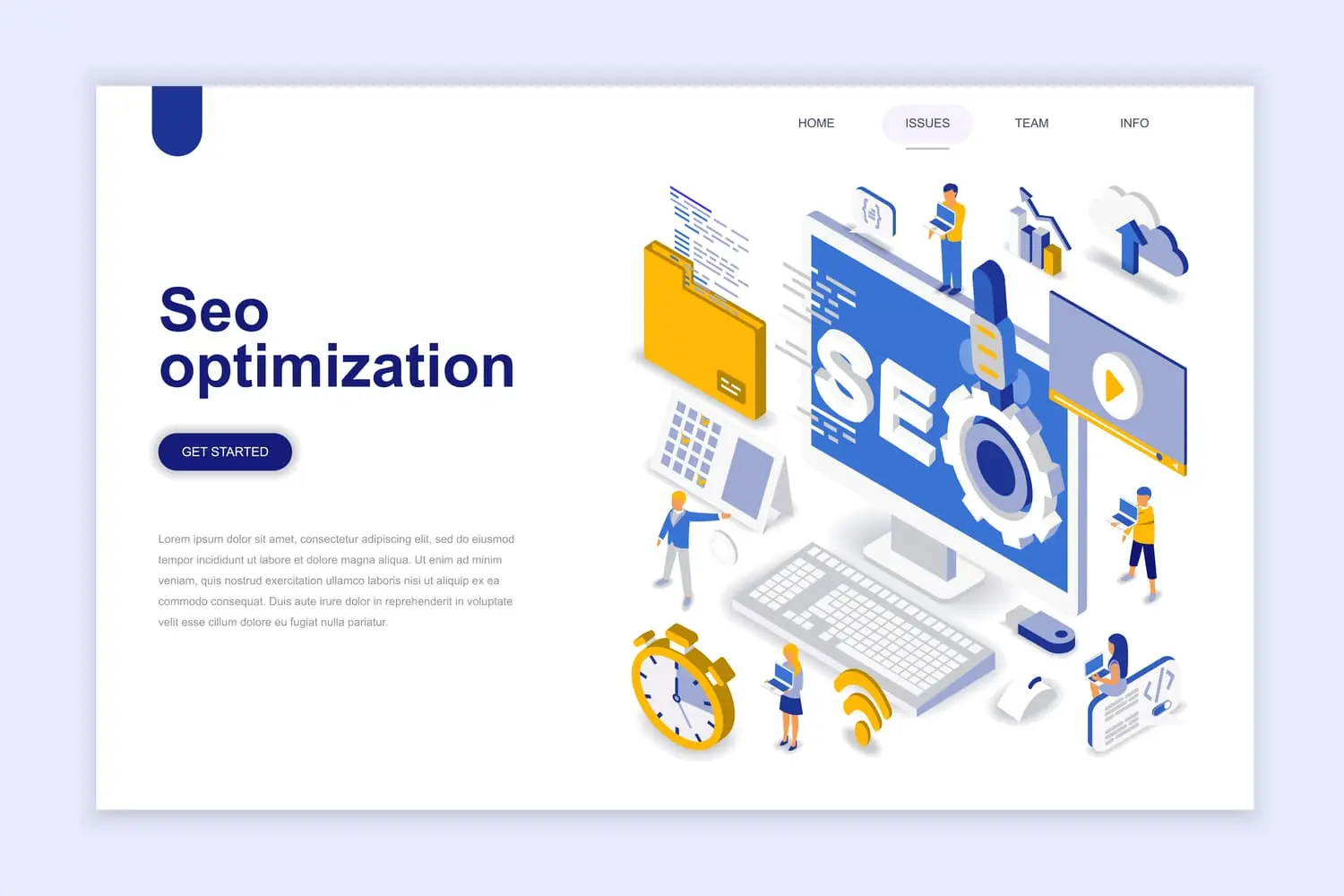
Product Features and Benefits
- Highlighting Key Features Effectively: Use bullet points or short paragraphs to highlight key features.
- Translating Features into User Benefits: Explain how each feature benefits the user. For example, instead of just stating “24/7 customer support,” say, “Get assistance anytime you need it with our round-the-clock customer support.”
Strong Call-to-Action (CTA)
- Designing CTAs That Drive Action: Your CTA should stand out visually and convey a sense of urgency or value. Use bold colours, clean fonts, and strategic placement to grab the viewer’s attention. In addition, compelling language that encourages immediate action, such as “Limited Time Offer” or “Join Now,” can significantly increase engagement and conversion rates. Make sure it’s concise, direct, and aligned with your overall message to drive results effectively.
- Placement and Wording of CTAs for Maximum Impact: Place your CTA above the fold and use action-oriented language such as “Get Started,” “Sign Up Now,” or “Claim Your Free Trial.
Social Proof and Trust Signals
- Using Testimonials, Reviews, and Endorsements: Prominently display testimonials, reviews, and endorsements to build credibility.
- Case Studies and Real-World Examples: Include case studies and real-world examples that demonstrate the success of your product or service. Highlight specific metrics and results achieved by your customers, detailing how your solutions addressed their challenges and resulted in tangible improvements. Provide testimonials and before and after scenarios to illustrate the impact and effectiveness of your offerings. This builds credibility and helps prospects see the value in choosing your product or service.
A/B Testing and Optimization
- Importance of Continuous Testing: Regularly test different elements of your landing page to see what works best.
- Examples of Successful A/B Test Cases: Share examples of how small changes, such as CTA colour or headline wording, improved conversion rates. For example, changing a call-to-action button from a subtle grey to a bright orange can attract more attention and drive more clicks. Similarly, tweaking a headline to highlight a key benefit or address a user’s concern can make it more compelling, leading to higher engagement and conversions. Provide data-backed case studies or real-world examples to illustrate the impact these small adjustments can have on overall marketing performance.
Case Studies and Success Stories
Example 1: E-commerce Brand
Our digital agency recently helped an e-commerce brand increase conversion rates by 30% through a comprehensive landing page redesign. By focusing on user benefits and incorporating powerful CTAs, we improved the user experience significantly.
We highlighted customer testimonials and used high-quality product images to build trust and demonstrate the value of their products. Through continuous A/B testing, we discovered that highlighting limited-time offers in their headlines increased urgency and motivated immediate purchases.
This case study demonstrates the impact of strategic design and data-driven decisions on e-commerce success.
Example 2: SaaS Company
We implemented targeted, benefit-focused content and utilised case studies to showcase the measurable results achieved by their software. By placing a clear and compelling CTA above the fold and integrating a live chat feature, we increased user engagement and conversions. Regular optimization and testing allowed us to fine-tune our approach and continually improve performance.
Example 3: Non-Profit Organisation
A non-profit organisation partnered with our agency to redesign their landing page, resulting in a significant increase in donations and volunteer sign-ups. We used emotional stories and compelling imagery to convey the impact of their work, along with strong CTAs like “Donate Now” and “Join Us. By featuring endorsements from celebrities and positive reviews, we built credibility and trust. Ongoing user feedback allowed us to make iterative improvements, ensuring that their message resonated deeply with their audience. The result was a more engaged and supportive community that advanced the organisation’s mission.
How to Implement a Good Landing Page Experience
- Define Your Goals and Audience: Clearly identify the main objectives of your landing page and understand your target audience. This will help you tailor your content and design to effectively meet their needs and preferences.
- Choose the Right Builder or Template: Select a landing page builder or template that aligns with your goals. Look for features that support responsive design, ease of customization, and integration with your existing tools and systems.
- Craft Compelling Content: Write headlines that grab attention, create body copy that is persuasive and benefit-driven, and ensure that your call-to-action (CTA) is clear and compelling. Keep your messaging consistent and focused on the key benefits to the user.
- Design with User Experience in Mind: Use a clean layout, plenty of white space, and high-quality images that complement your content. Ensure that your page is visually appealing but not cluttered, making it easy for visitors to navigate and find information.
- Test and Optimise Continuously: Implement A/B testing to see which elements perform best. Regularly analyse your landing page’s performance data to identify areas for improvement. Use insights from these tests to make informed adjustments and optimise your page continually.
- Gather and Use Feedback: Collect feedback from users to understand their experience and any difficulties they encounter. Use this feedback to make user-centred improvements and enhance the overall effectiveness of your landing page.

How to Check Your Landing Page Experience
Quality Score is a metric used by search engines to rate the relevance and quality of your ads, keywords, and landing pages. A higher Quality Score typically leads to lower costs per click and higher ad positions. Several factors contribute to your Quality Score:
- Relevance of Keywords: Ensure that the keywords you are bidding on are relevant to the content on your landing page. This alignment helps search engines understand that your page is a valuable resource for users.
- Landing Page Experience: A positive user experience on your landing page can significantly boost your Quality Score. Factors such as page load speed, ease of navigation, and mobile-friendliness play critical roles in determining the overall experience.
- Ad Copy Quality: Your ad copy should be compelling and closely aligned with the content on your landing page. Consistency between your ad and landing page helps to set user expectations and provides a seamless transition from click to conversion.
- User Engagement Metrics: Engagement metrics like click-through rate (CTR), bounce rate, and average session duration indicate how users interact with your landing page. Higher engagement levels often correlate with higher Quality Scores.
- Historical Performance: Your ads’ past performance also impacts your Quality Score. Consistently high-performing campaigns are likely to maintain or improve their scores over time.
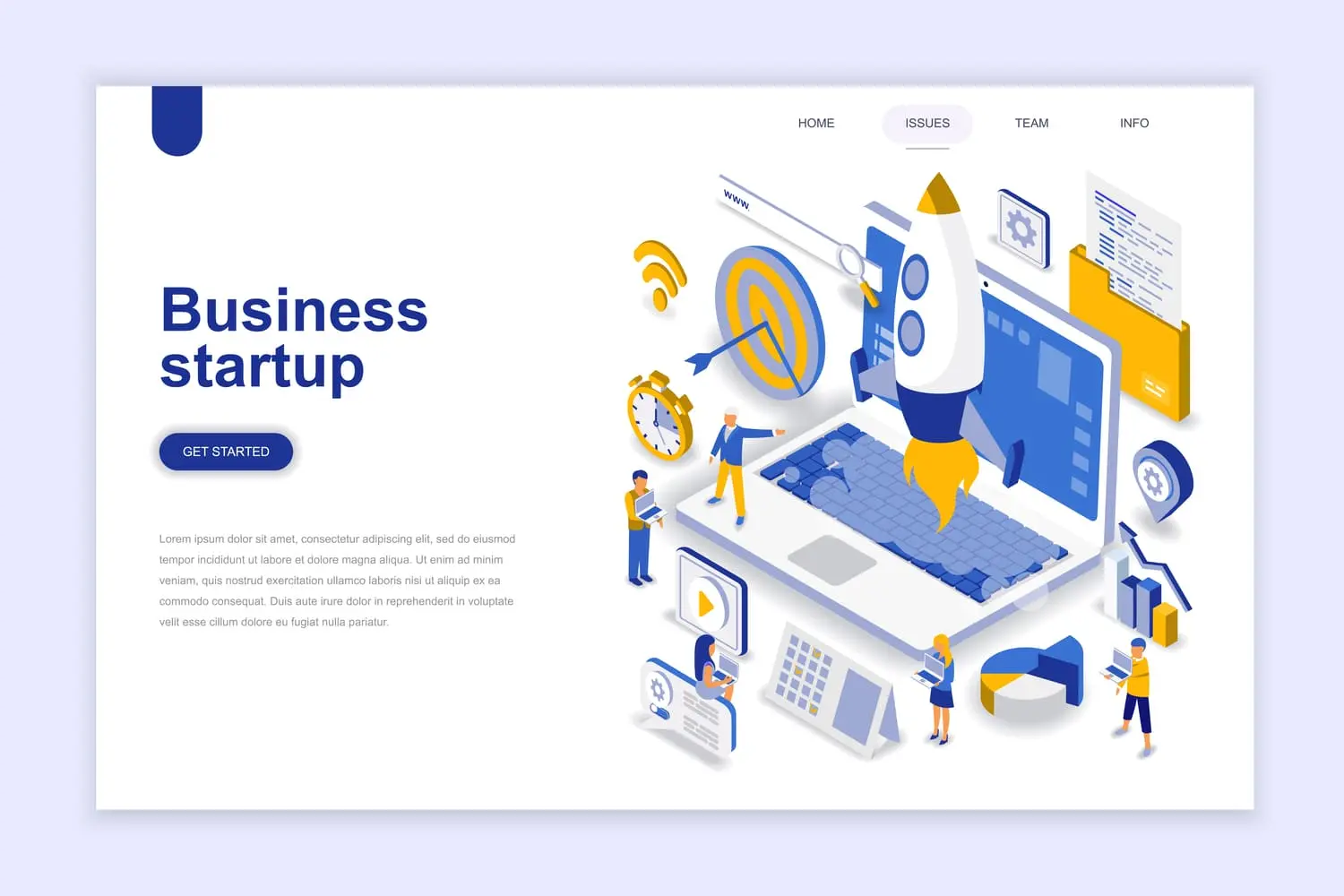
Tools for Assessing Page Experience
- Google Analytics: This comprehensive tool offers in-depth data on user behaviour, allowing you to track metrics such as bounce rate, average session duration, and conversion rates. By setting up goals and events, you can measure the effectiveness of specific elements on your landing page.
- Google PageSpeed Insights: This tool analyses the load speed of your landing page on desktop and mobile devices and provides suggestions for improving performance. Faster load times can enhance user experience and contribute to a higher Quality Score.
- Hotjar: Hotjar provides heatmaps and session recordings that enable you to visualise how users interact with your landing page. By understanding user behaviour, you can make informed decisions on layout adjustments and content placement.
- Unbounce: Unbounce allows you to create, publish, and test landing pages without requiring a developer. Its A/B testing feature helps you experiment with different designs and content to determine what resonates best with your audience.
- Crazy Egg: Similar to Hotjar, Crazy Egg offers heat maps, scroll maps, and A/B testing tools. These insights help identify which parts of your landing page capture attention and which areas may need improvement.
- Google Search Console: This tool helps you monitor your website’s presence in Google search results. It provides data on search queries, clicks, and impressions, offering insights into how your landing page is performing in search rankings.
- SEMrush: SEMrush provides a comprehensive suite of tools for SEO and PPC analysis. Its site audit feature identifies technical SEO issues that could be affecting your landing page’s performance and visibility.
Common Pitfalls and How to Avoid Them
- Slow Load Speed: A slow-loading page frustrates users and increases bounce rates. Ensure your page is optimised for speed by compressing images, leveraging browser caching, and minimising JavaScript and CSS files.
- Poor Mobile Experience: With an increasing number of users accessing websites via mobile devices, a non-responsive design can be detrimental. Utilise responsive design principles to ensure your landing page is mobile-friendly.
- Cluttered Layout: An overcrowded page with too much information can overwhelm visitors. Keep your layout clean and focused, highlighting the most important elements and guiding users’ attention to your CTAs.
- Weak CTA: A vague or uninspiring CTA can fail to drive conversions. Ensure your CTA is clear and compelling and communicates the value proposition effectively.
- Lack of Trust Signals: Users need to trust your site before they convert. To enhance credibility, incorporate trust signals like customer testimonials, security badges, and endorsements.
- Relevance Mismatch: If the landing page content does not align with the ad or keyword that brought the user there, it can result in high bounce rates. Ensure consistent messaging throughout the user’s journey.
- Inadequate Content: Providing too little information can leave users uncertain about the value of your offer while providing too much content can be overwhelming. Find a balance by offering concise and relevant information that addresses users’ needs and questions.
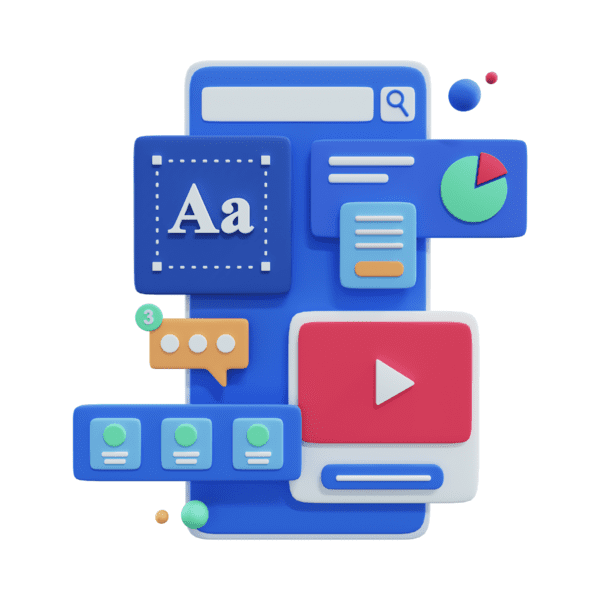
FAQ
Which attribute describes a good landing page experience?
A good landing page experience is relevant, easy to use, and fast to load. Relevance ensures that the content matches the user’s intent, making it easier for them to find what they are looking for. Usability includes easy navigation, a clean layout, and a clear call-to-action (CTA). Fast load times are essential to keeping users engaged and reducing bounce rates.
What describes a good landing page?
A good landing page is highly relevant to the user’s search query, loads quickly, and provides a seamless user experience. It should have a clean and focused design, a compelling and clear CTA, and include trust signals such as testimonials and security badges. Content should be concise yet informative, addressing the user’s needs and guiding them toward conversion.
What determines the landing page experience?
Several factors, including page load speed, mobile responsiveness, content relevance, ease of navigation, and overall user engagement, determine landing page experience. Metrics such as bounce rate, average session length, and click-through rate (CTR) are also critical indicators of the quality of the landing page experience. Ensuring that ad copy, keywords, and landing page content are closely aligned is key to providing a positive user experience.
What are 3 of the key elements to a landing page?
- Relevance: Landing page content should be closely aligned with the user’s search intent and the ad that drove them there. This includes relevant keywords and consistent messaging.
- Clear and Compelling CTA: The call to action should stand out and clearly communicate the next steps the user should take, whether it’s registering, downloading, or purchasing.
- Fast Load Speed: The page should load quickly to keep users engaged and reduce the likelihood of them leaving before the content is fully displayed.

Comments